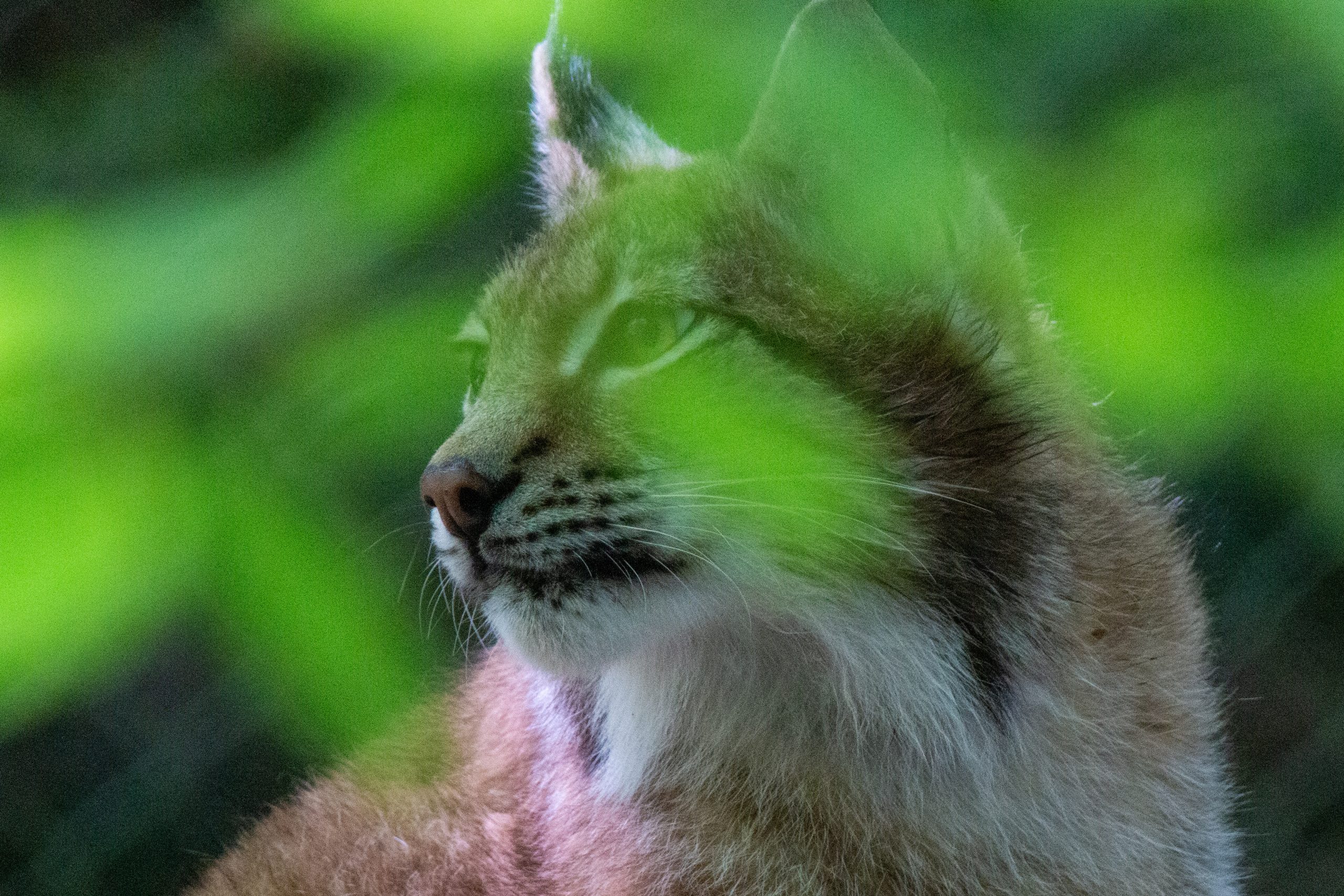
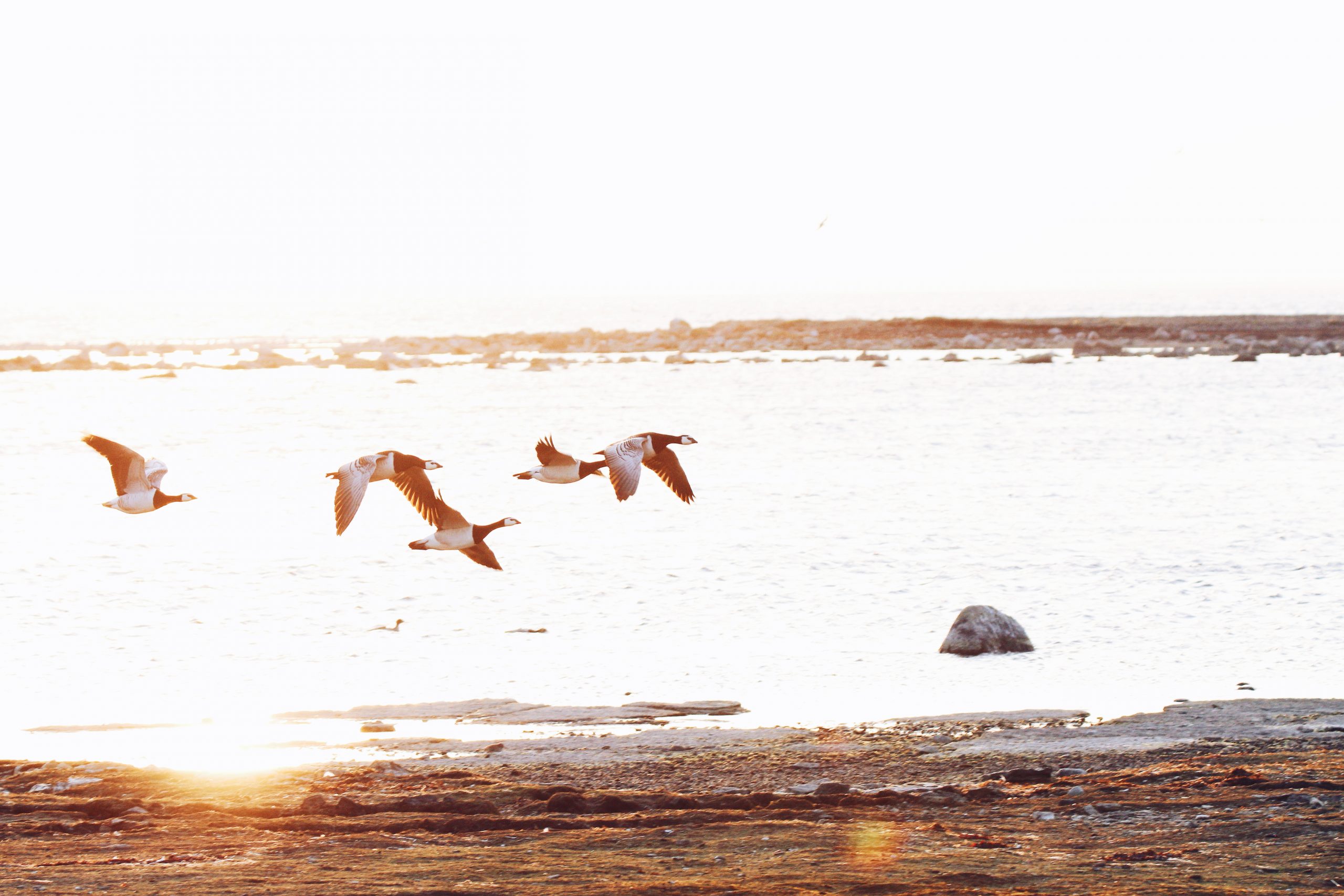
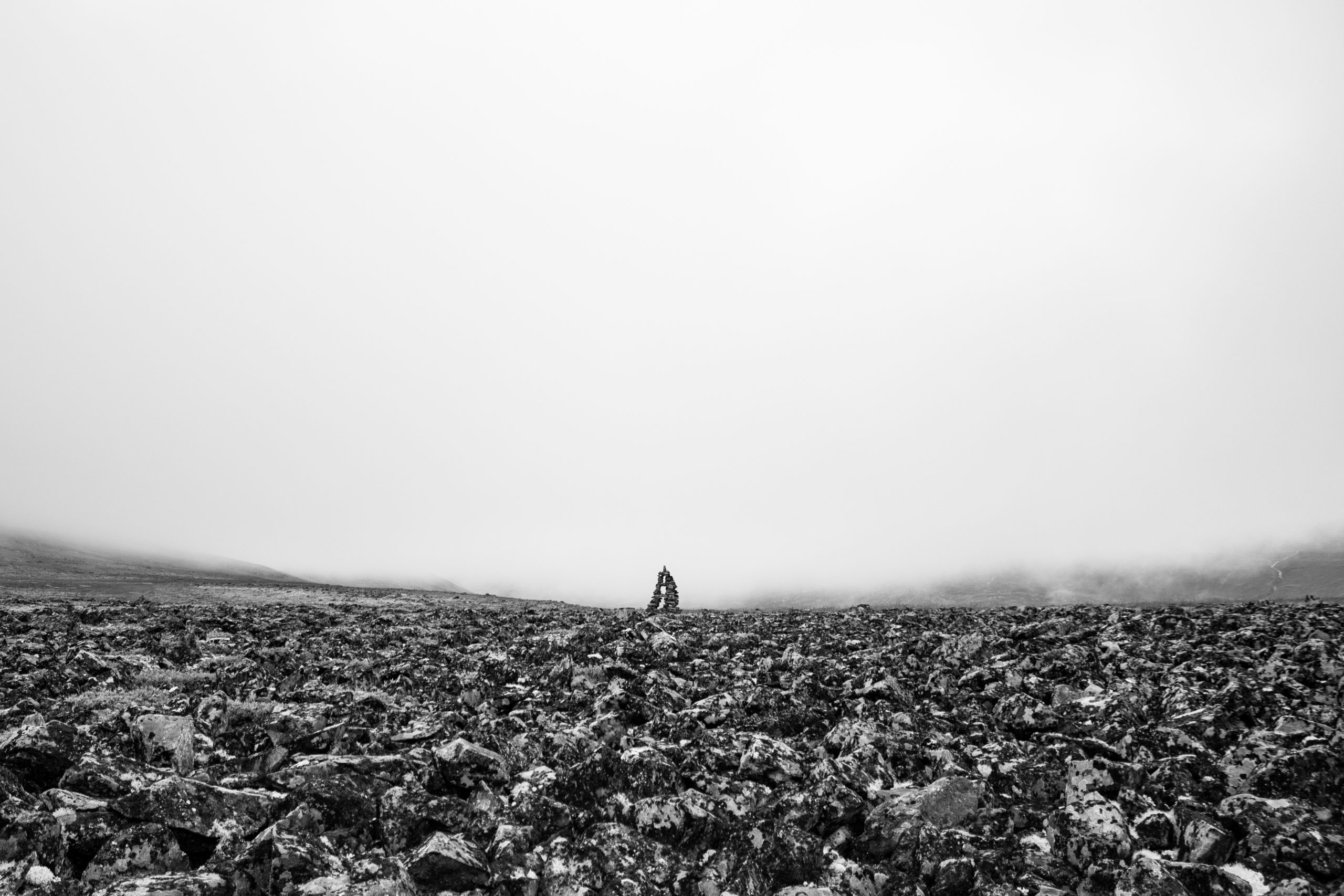

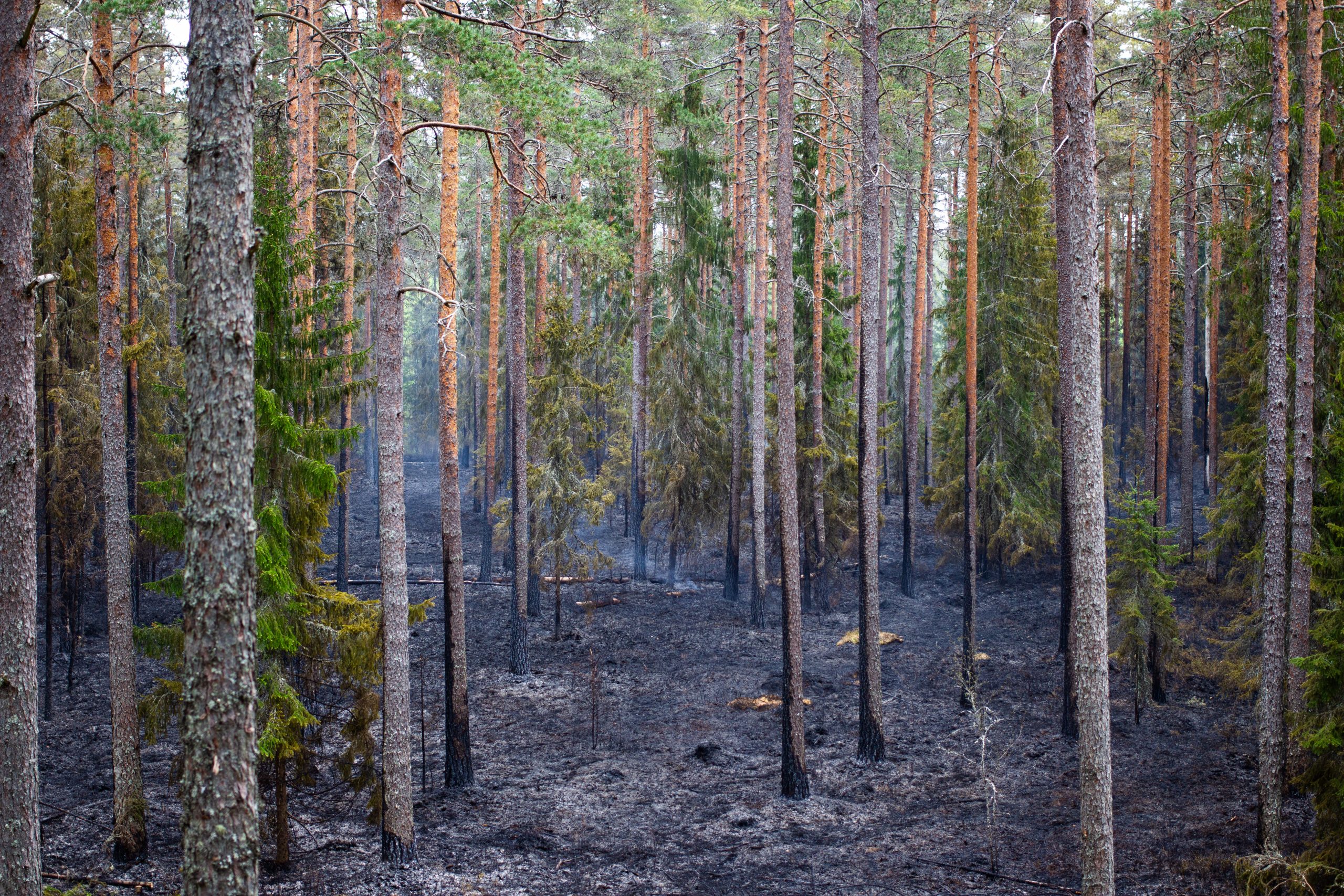


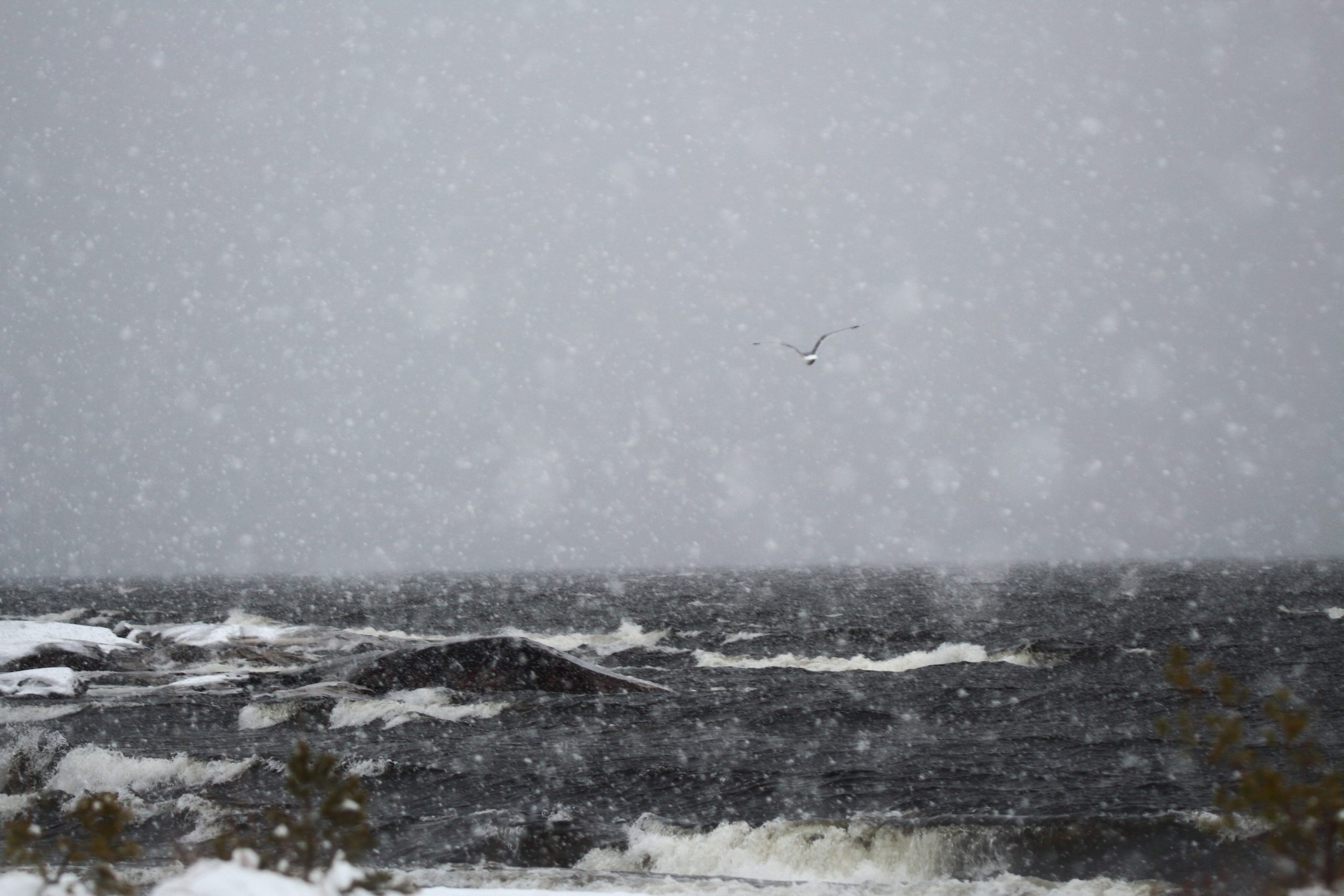
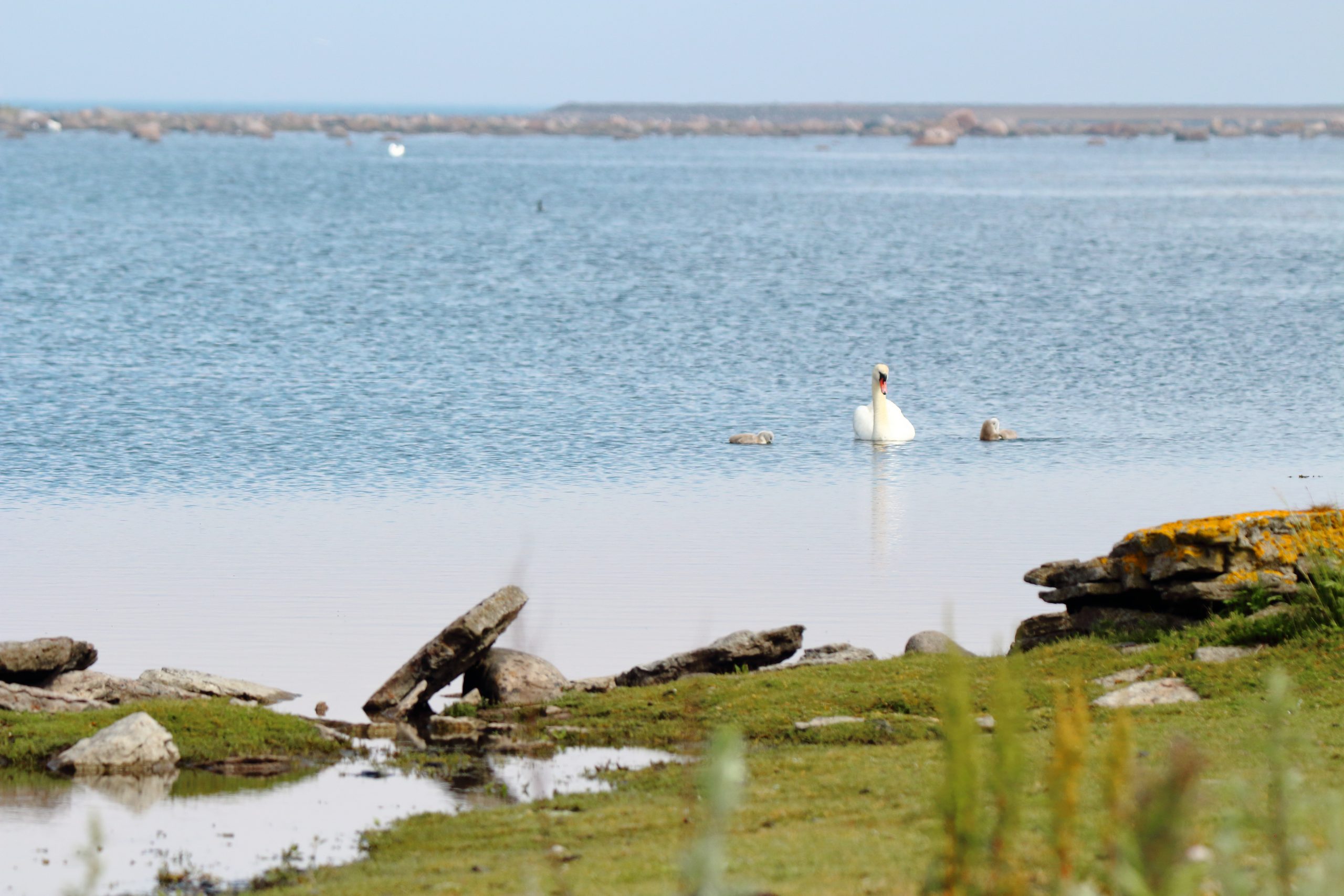

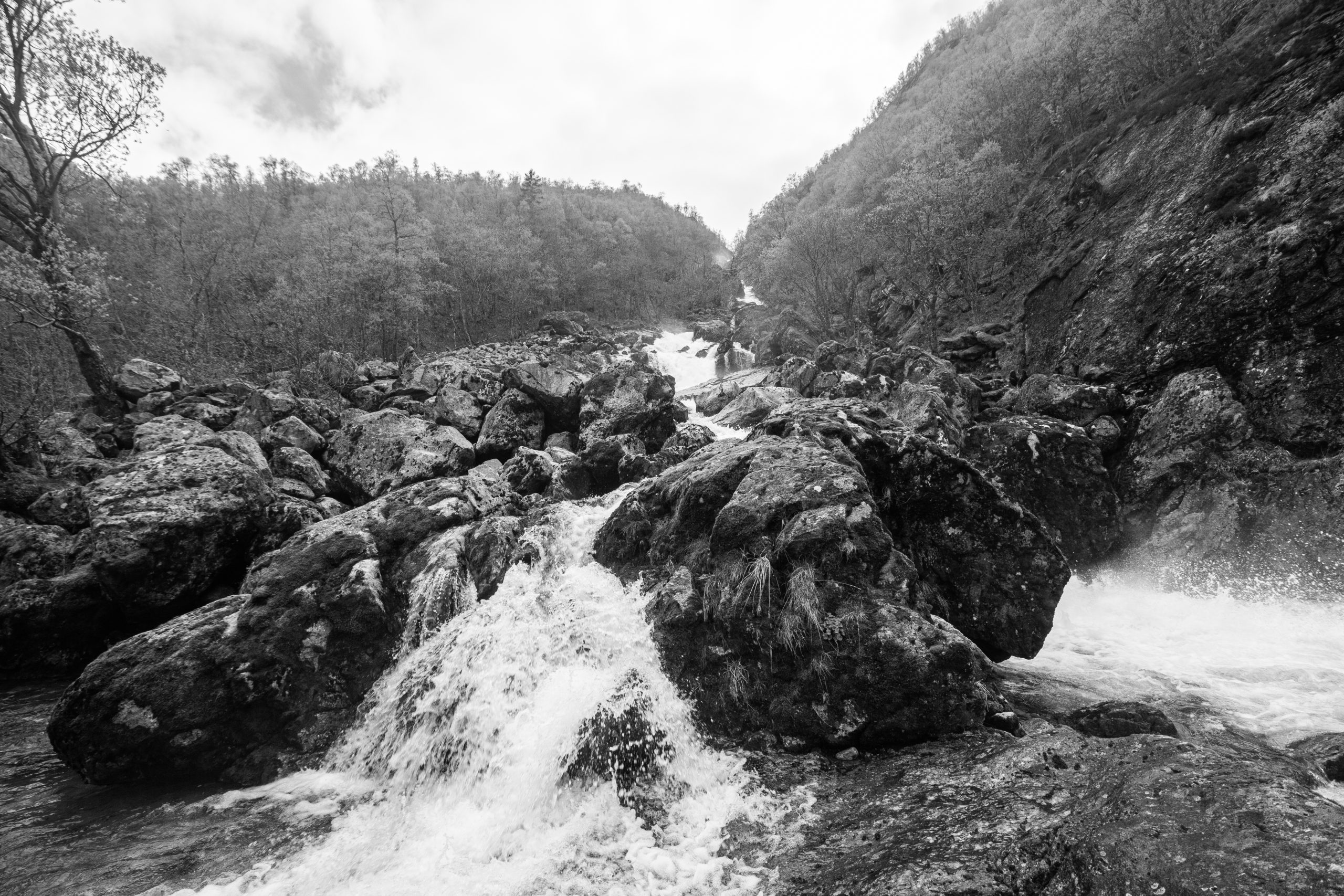
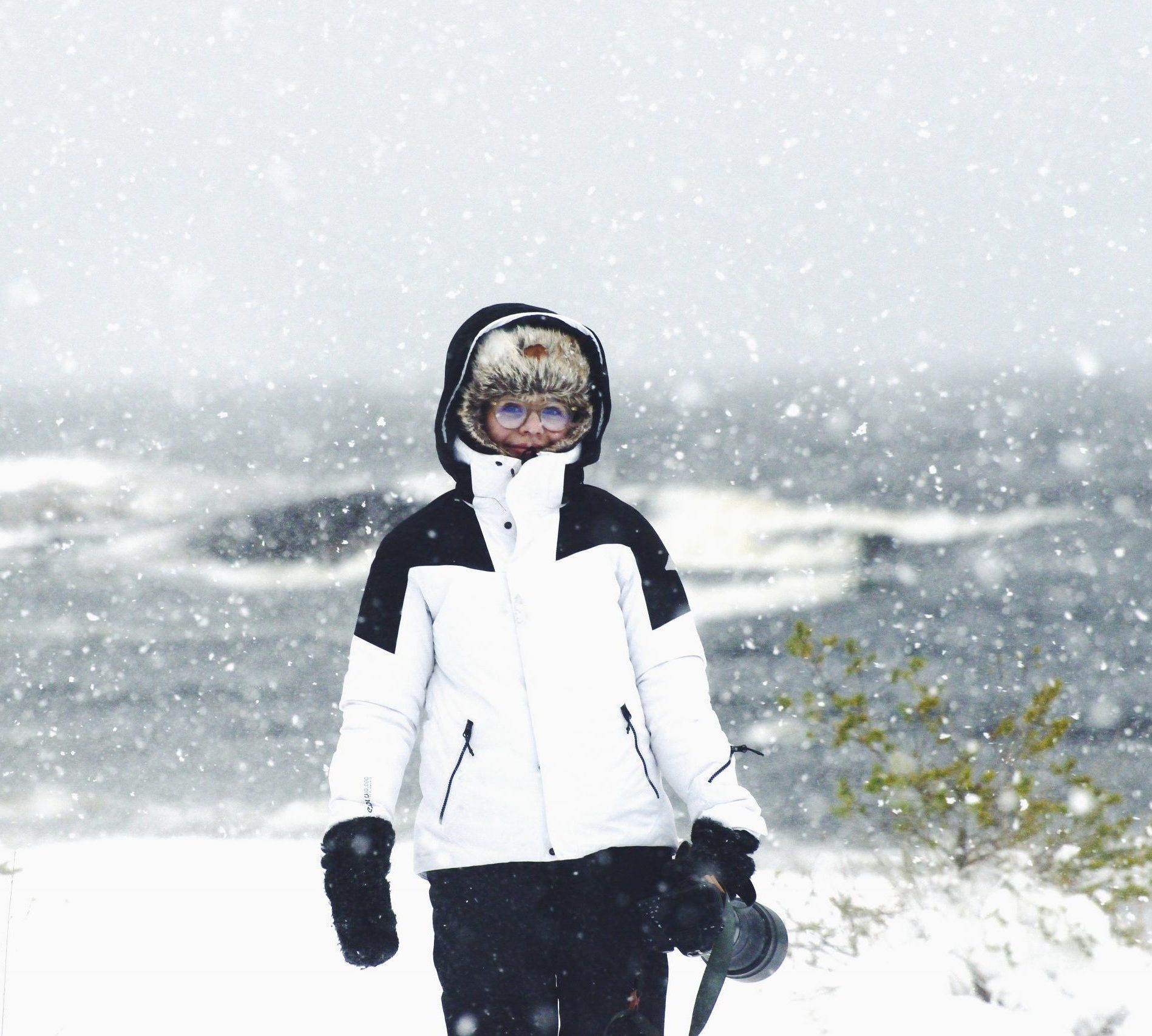
Julia is a wildlife and conservation photographer from the forests of Sweden. With a BSc in biology and a career as a nature guide, she is passionate about species conservation wanting to use her photography to tell stories that inspire, educate and create change. For her, it’s equally important to highlight the people behind conservation projects as it is to raise awareness for the species.
She has received several honorable mentions along with other achievments for her work. Julia is dedicated to bringing the world closer to nature and dreams of using her work to make a lasting change.
Publication in Natursidan
Girls Who Click Ambassador
Release of Dunlins
Publication in Natursidan
Girls Who Click Ambassador
Release of Dunlins
Swedish Nationals
Work with me
I’m always on the lookout for new projects. For more info
please contact:
Info@westergrenphotography.com
Work with me
I’m always on the lookout for new projects. For more info
please contact: Info@westergrenphotography.com
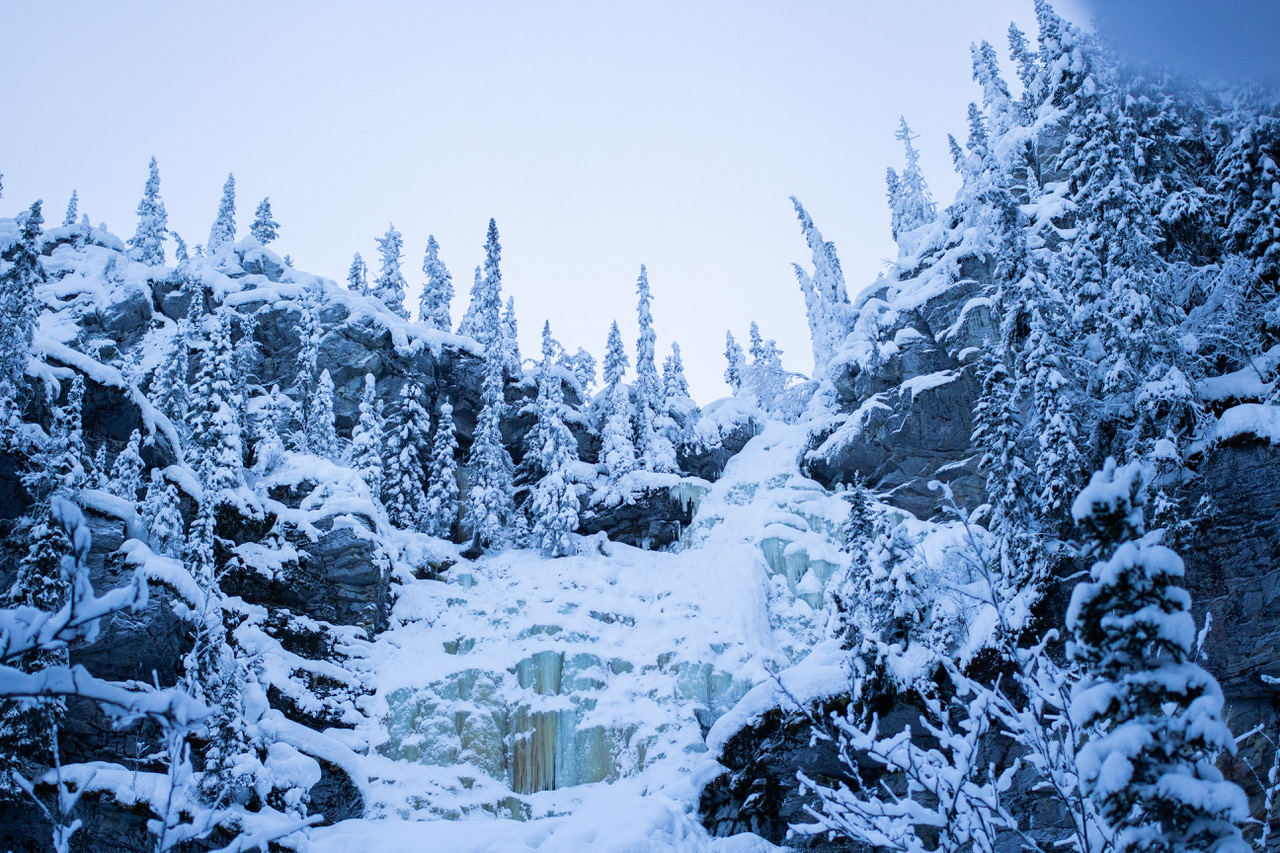
Victoria Forsberg
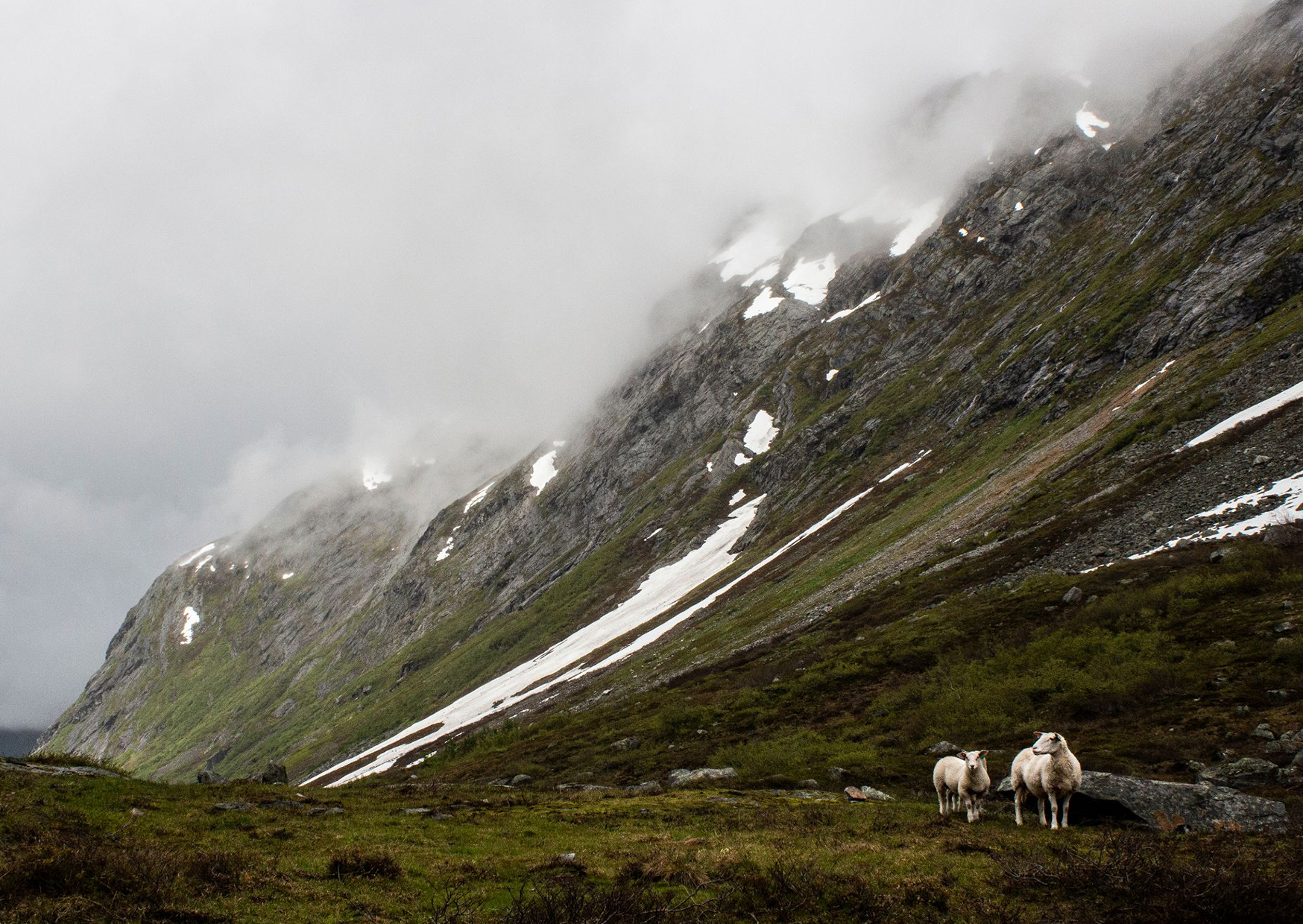
Anders Geidemark
Snow Leopard
Southern Dunlin
McCord's snake-necked turtle
Glaciers
Panthera tigris altaica
The world of insects
Stargazing
Snow Leopard
Southern Dunlin
McCord's snake-necked turtle
Glaciers
Panthera tigris altaica
The world of insects
Stargazing
Featured in


